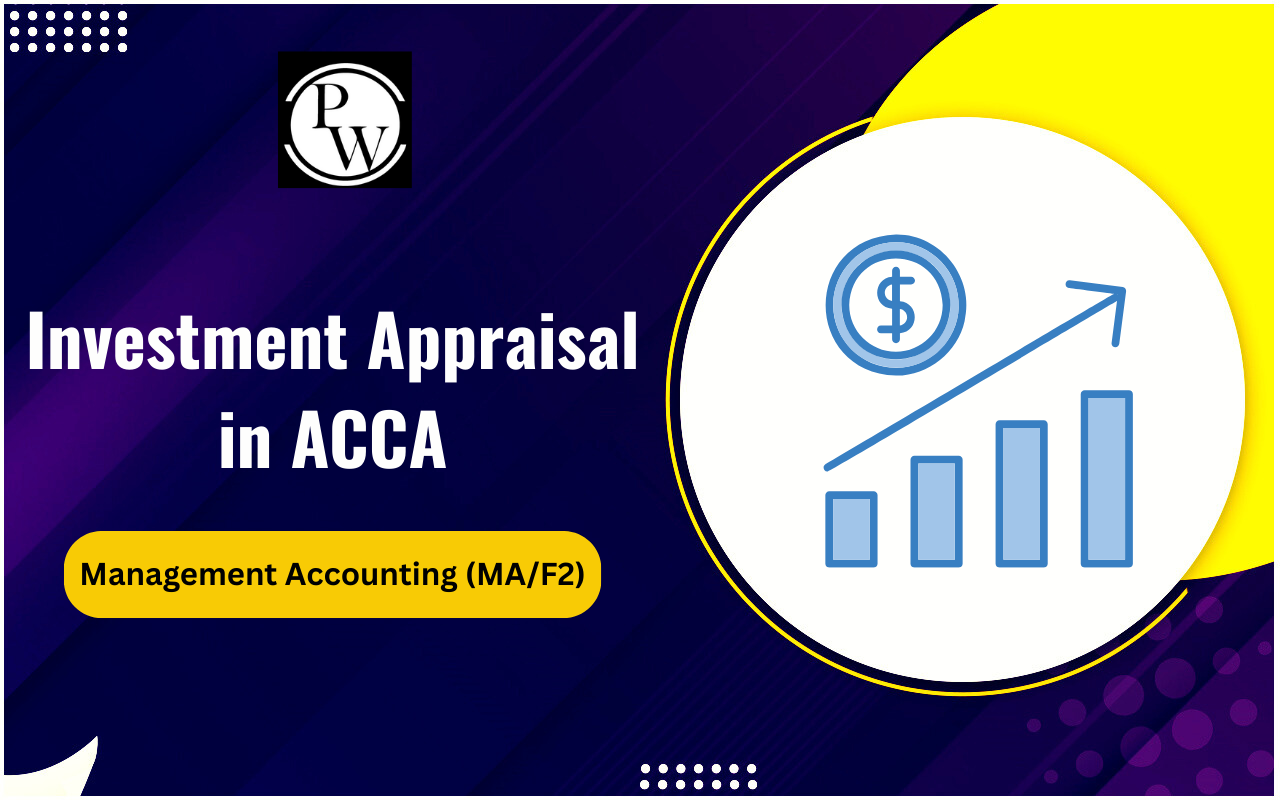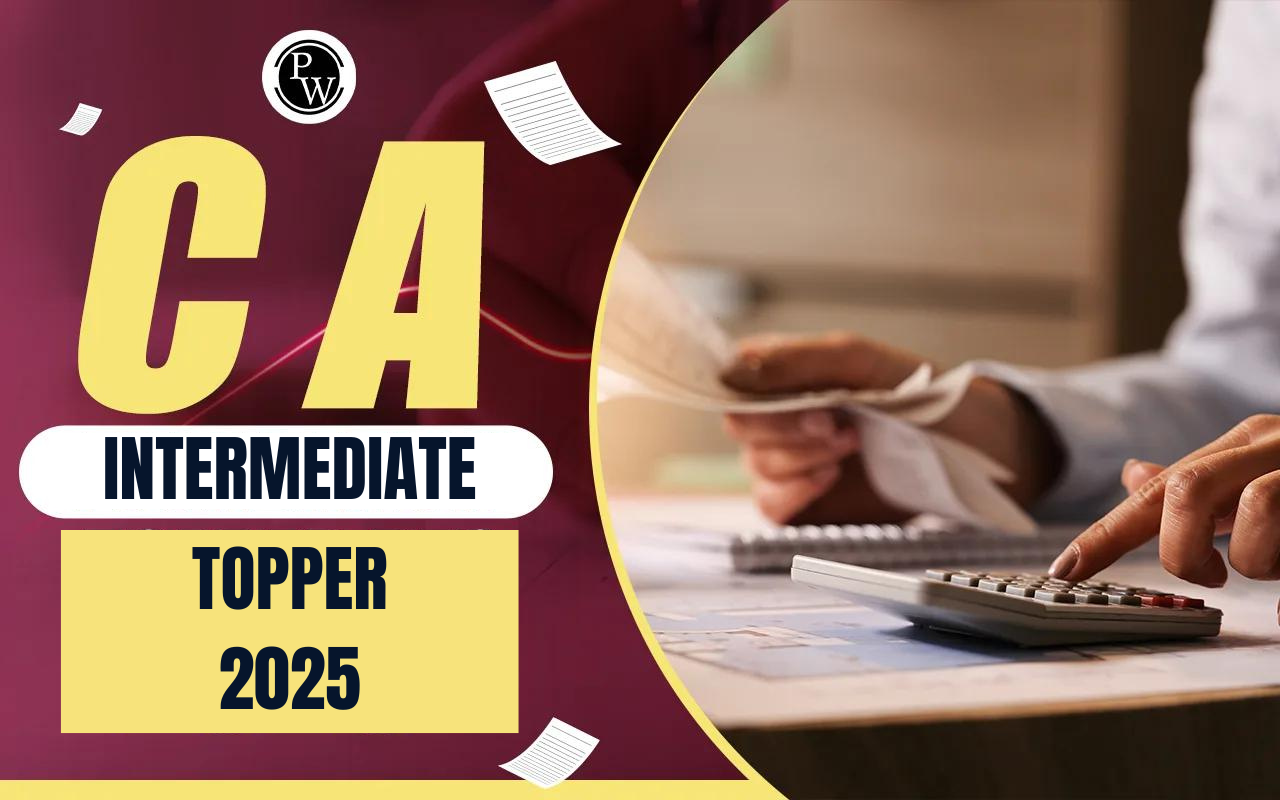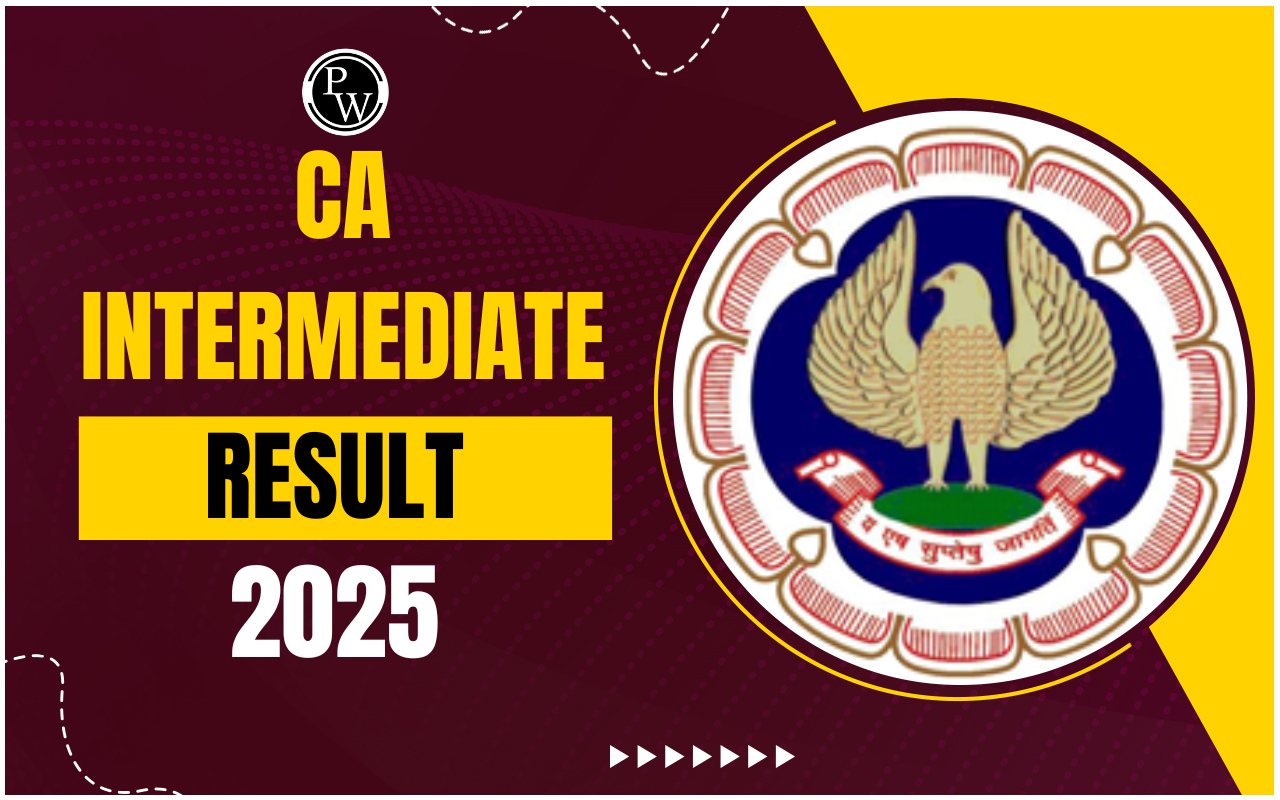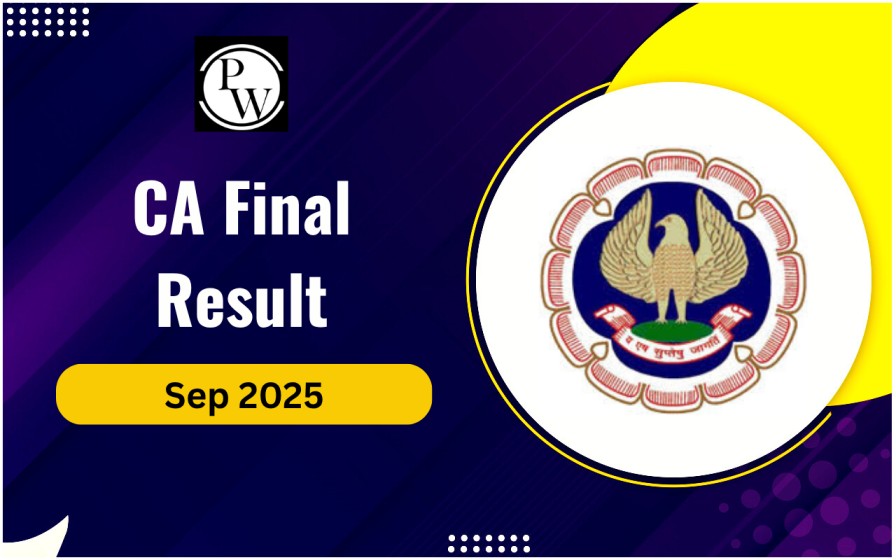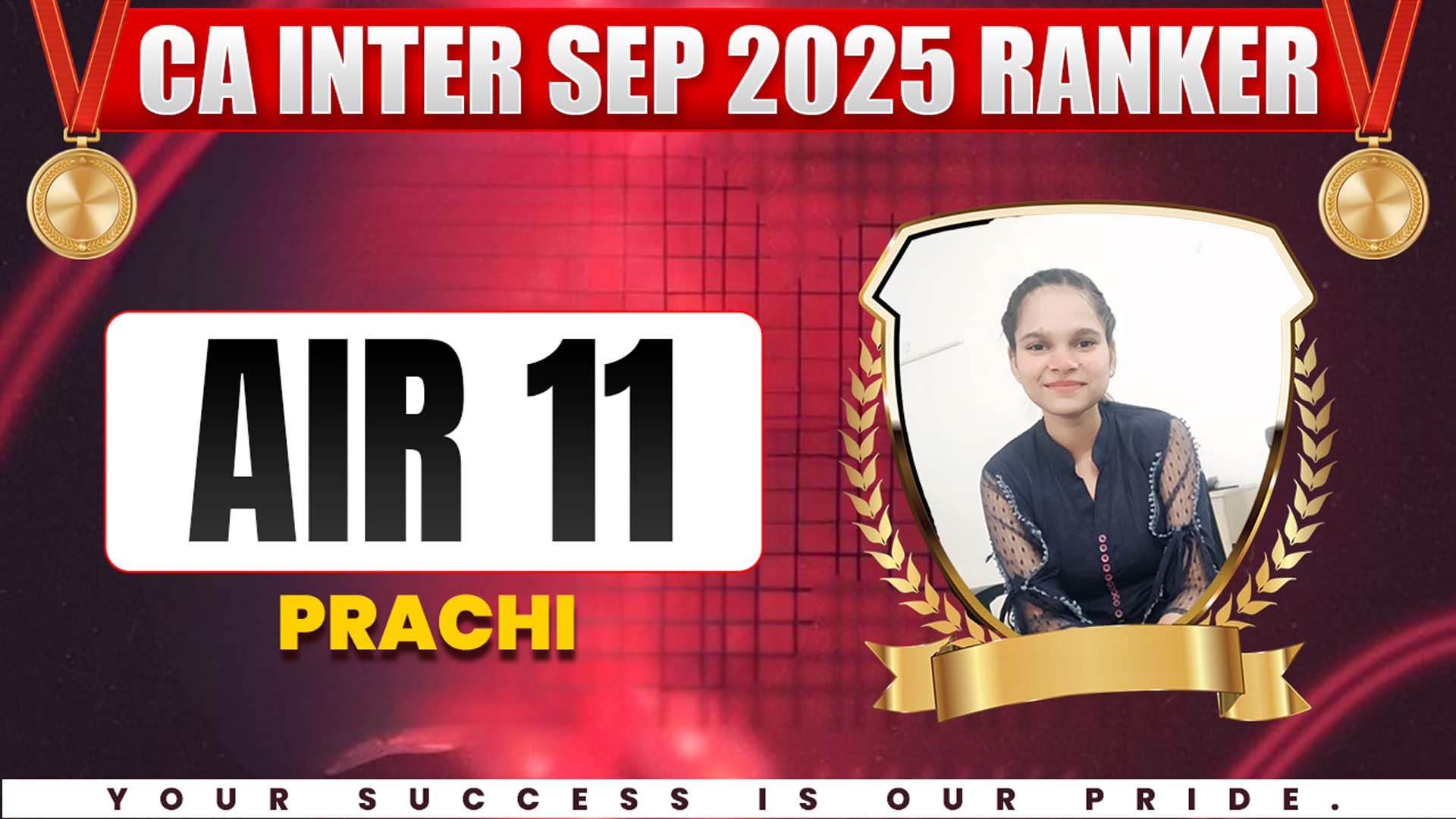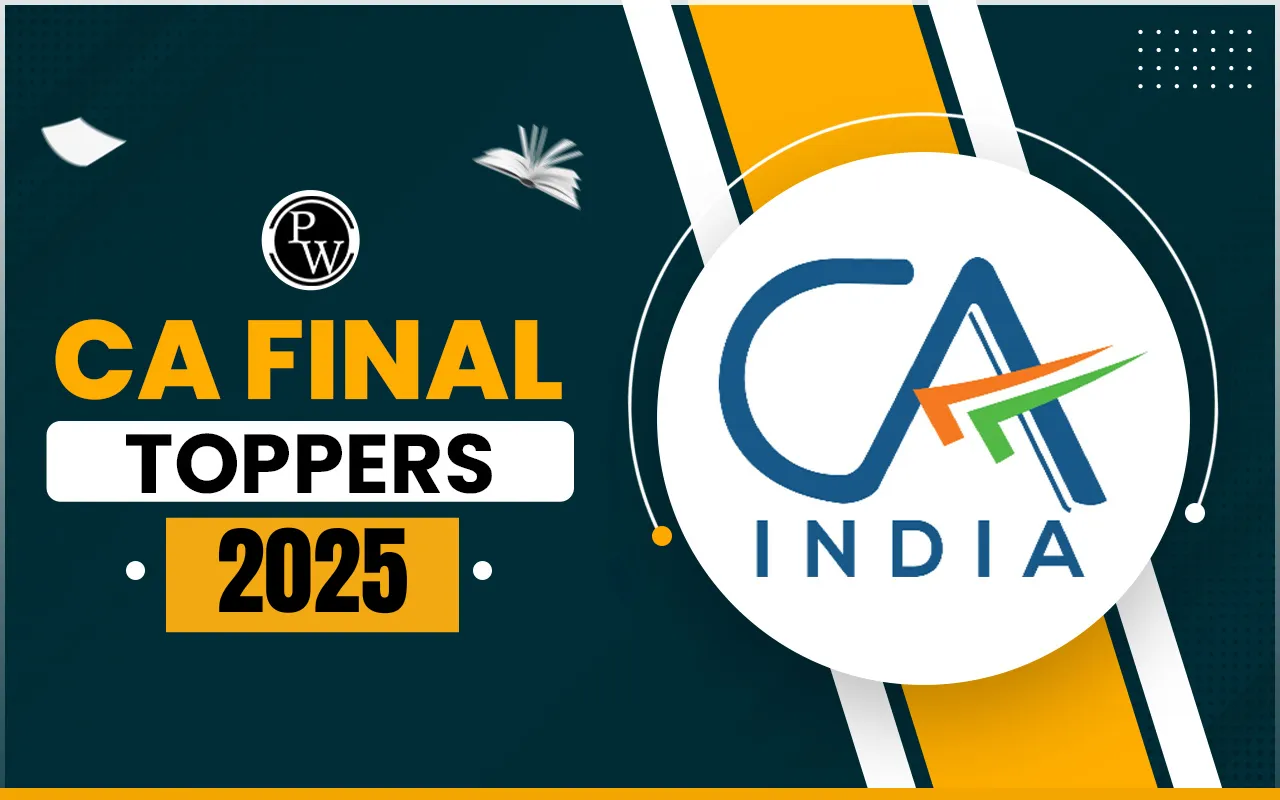
The payment of tax is a fundamental aspect of financial compliance, making it crucial for aspiring Chartered Accountants (CAs) to master this process. Understanding payment of tax not only ensures timely compliance but also helps businesses avoid penalties, legal issues, and financial discrepancies.
This blog provides an in-depth look at the payment of tax, its types, methods, calculations, and strategies to ensure accuracy.What is Payment of Tax?
Payment of Tax is the process of remitting tax liabilities to the government, based on income earned, transactions made, or specific obligations met within a financial year. It forms the backbone of financial discipline and compliance for both individuals and businesses.Why Is Timely Payment of Tax Important?
Legal Compliance : Tax payment is mandatory by law for entities that meet income thresholds or engage in specific transactions. Avoiding Penalties : Payment delays can result in penalties and interest charges, increasing financial liabilities. Business Credibility : Timely tax payment ensures a business’s credibility and fosters trust among clients, vendors, and stakeholders. Eligibility for Tax Benefits : Proper and timely payment allows businesses and individuals to claim tax deductions and refunds.Also Read: Business Laws: Indian Regulatory Framework
Types of Taxes and Their Payment Mechanisms
Various taxes are levied on individuals and businesses in India, each with distinct payment mechanisms. Here are some key payment of tax Types CA students need to understand:Income Tax
A direct tax on the earnings of people, businesses, and other organizations is called income tax. It must be paid by all who fall above the tax exemption limit, as per the Income Tax Act of 1961.- Advance Tax : Paid in installments by taxpayers who expect their total tax liability to exceed ₹10,000 in a financial year. It must be paid in four installments—15% by June 15th, 45% by September 15th, 75% by December 15th, and 100% by March 15th—during the year.
- Self-Assessment Tax : Calculated after filing the income tax return (ITR) if there’s any balance tax payable after adjusting advance tax and TDS.
- Tax Deducted at Source (TDS) : Certain payments require tax deduction at source, where the tax is deducted directly by the payer before the payment is made to the payee.
Goods and Services Tax (GST)
GST is an indirect tax imposed on the supply of goods and services. Businesses that are registered under GST must collect tax on behalf of the government and remit it periodically.- Regular Payment : GST registered businesses file their tax returns (e.g., GSTR-3B) monthly or quarterly, based on turnover, remitting tax after adjusting input tax credit (ITC).
- Reverse Charge Mechanism (RCM) : Certain services and supplies mandate the recipient to pay GST instead of the supplier, which is paid at the time of filing returns.
Tax Deducted at Source (TDS) and Tax Collected at Source (TCS)
TDS is deducted on specific payments (e.g., salary, rent, commission) made by entities, which is then remitted to the government. Conversely, TCS is collected by sellers when they receive payment from buyers on certain transactions (e.g., alcohol, scrap sales).- TDS Payment : Employers and other entities deduct TDS before payments and remit it monthly to the government by the 7th of each month.
- TCS Payment : Businesses collecting TCS on applicable goods and services are also required to remit it to the government, generally by the 7th of the following month.
Corporate Tax
Corporate tax is imposed on the income of registered companies in India. Companies pay taxes based on their profit after accounting for deductions, depreciation, and incentives under the corporate tax laws.- Advance Corporate Tax : Similar to advance tax for individuals, companies are required to pay corporate tax in advance installments throughout the financial year.
- Final Settlement : The final tax liability is calculated at the end of the fiscal year, adjusting for advance payments, TDS, and other credits.
Methods of Payment of Tax in India
Payment of Tax can be made through various channels, making it flexible for taxpayers to meet their obligations. Here are a few of the main techniques:Online Payment via Tax Portals
The Income Tax Department and GST portal allow taxpayers to pay taxes online, which is quick, secure, and accessible.- Income Tax Payment : Log in to the e-filing portal, select “e-Pay Tax,” and follow the prompts. Payments are usually made through net banking, credit cards, or UPI.
- GST Payment : Access the GST portal, select “Create Challan” under “Payment” options, and pay via internet banking or NEFT/RTGS.
Payment through Banks
Designated banks across India accept tax payments at their branches. Taxpayers can fill out challans (such as Challan 280 for income tax) and submit them along with cash or cheque payments.Payment via NEFT/RTGS
For high-value transactions, taxpayers can use National Electronic Funds Transfer (NEFT) or Real-Time Gross Settlement (RTGS) to remit taxes directly from their bank accounts.Steps in Calculating Tax Liability and Filing Payment
For CA students, understanding the calculation of tax liability is essential, as it involves multiple components such as income sources, deductions, and exemptions.Steps to Calculate Income Tax Liability
- Determine Gross Income : Aggregate income from all sources, including salary, business income, capital gains, and other sources.
- Apply Exemptions and Deductions : Deduct exemptions like HRA, and deductions under Section 80C, 80D, etc.
- Compute Taxable Income : Arrive at taxable income by subtracting deductions from gross income.
- Apply Tax Slabs : Calculate tax based on applicable slab rates for the individual or entity.
- Calculate Advance Tax : If required, divide the liability based on advance tax due dates.
Calculating GST Liability
- Calculate Total Sales : Determine total sales for the period and the applicable GST rate.
- Determine Input Tax Credit (ITC) : Deduct eligible input tax credit on purchases and expenses.
- Compute Net GST : The balance after adjusting ITC is the net GST payable.
- Pay via Challan : Generate a challan on the GST portal and remit the tax online.
Filing the Payment and Generating Challans
- Generate Challan : Taxpayers need to create a challan for the specific tax type on the relevant portal.
- Make Payment : Follow payment prompts for net banking, UPI, or credit card. Ensure accurate entry of details, as mismatches can cause issues in tax reconciliation.
- Save Acknowledgment : After payment, save the payment receipt and acknowledgment for reference in future assessments.
Challenges in Payment of Tax
Though the process may seem straightforward, CA students should be aware of some challenges that taxpayers may encounter during payment of tax: Technical Errors on Portals : Tax portals may face downtime, especially around due dates, causing delays. Incorrect Calculation : Inaccurate calculation of tax liability can lead to underpayment or overpayment, attracting interest or penalties. Matching ITC in GST : Incorrect input tax credit claims can result in rejections, requiring careful verification. Challan Errors : Mistakes in challan details (like PAN or GSTIN) can complicate tax credit reconciliation and delay refunds. Payment of Tax is a crucial process for CA students to master, involving calculation, timely filing, and adherence to compliance norms. By understanding the types of taxes, payment methods, and calculation steps, CA students can build a strong foundation in tax compliance, ultimately benefiting their future clients or businesses. Through continuous practice and attention to regulatory updates, CA students can enhance their proficiency in tax payment, preparing themselves for successful careers in accounting and finance. To further boost your CA exam preparation, explore PW CA Courses , designed to help you crack the CA exams with expert guidance and structured study plans.| Also Read: |
| Supply Under GST |
| Income from House Property |
| Role of Information Technology in Strategic Management |
| Advanced Accounting Financial Statements Of Companies |
Payment of Tax FAQs
What is tax payment, and why is it important for CA students?
Tax payment involves remitting taxes owed to the government, a critical skill for CA students to master for legal compliance and advisory roles.
What are the key types of taxes CA students should know about?
Key tax types include Income Tax, GST, TDS, and Corporate Tax, all essential for understanding individual and business compliance in India.
How is advance tax calculated and paid?
Advance tax is calculated based on expected annual tax liability and paid in four installments throughout the financial year to avoid interest penalties.
What are common challenges faced in tax payment?
Challenges include portal downtime, incorrect calculations, mismatched ITC claims in GST, and errors in challan details, all affecting timely compliance.
Where can CA students find resources to learn about tax payments?
Resources include ICAI publications, Income Tax and GST portals, and online platforms like Coursera and Udemy for comprehensive learning on tax compliance.
Talk to a counsellorHave doubts? Our support team will be happy to assist you!

Check out these Related Articles
Free Learning Resources
PW Books
Notes (Class 10-12)
PW Study Materials
Notes (Class 6-9)
Ncert Solutions
Govt Exams
Class 6th to 12th Online Courses
Govt Job Exams Courses
UPSC Coaching
Defence Exam Coaching
Gate Exam Coaching
Other Exams
Know about Physics Wallah
Physics Wallah is an Indian edtech platform that provides accessible & comprehensive learning experiences to students from Class 6th to postgraduate level. We also provide extensive NCERT solutions, sample paper, NEET, JEE Mains, BITSAT previous year papers & more such resources to students. Physics Wallah also caters to over 3.5 million registered students and over 78 lakh+ Youtube subscribers with 4.8 rating on its app.
We Stand Out because
We provide students with intensive courses with India’s qualified & experienced faculties & mentors. PW strives to make the learning experience comprehensive and accessible for students of all sections of society. We believe in empowering every single student who couldn't dream of a good career in engineering and medical field earlier.
Our Key Focus Areas
Physics Wallah's main focus is to make the learning experience as economical as possible for all students. With our affordable courses like Lakshya, Udaan and Arjuna and many others, we have been able to provide a platform for lakhs of aspirants. From providing Chemistry, Maths, Physics formula to giving e-books of eminent authors like RD Sharma, RS Aggarwal and Lakhmir Singh, PW focuses on every single student's need for preparation.
What Makes Us Different
Physics Wallah strives to develop a comprehensive pedagogical structure for students, where they get a state-of-the-art learning experience with study material and resources. Apart from catering students preparing for JEE Mains and NEET, PW also provides study material for each state board like Uttar Pradesh, Bihar, and others
Copyright © 2025 Physicswallah Limited All rights reserved.
Get App
